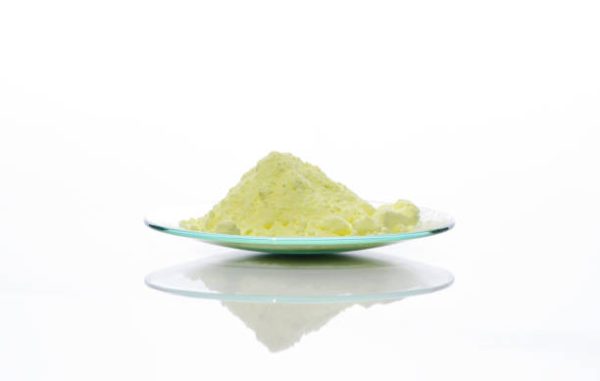
Sulfur powder for rubber is a good rubber additive, because natural rubber has a vulcanization effect, which allows manufacturers to produce high-quality tire products. Sulfur powder for rubber has the following characteristics and applications.
The characteristic of insoluble sulfur is that it is insoluble in solvents such as sulfur dioxide, and of course it is not soluble in rubber. It is also called polymeric sulfur. Intolerant sulfur is a rubber vulcanizing agent with the following characteristics:
1. Because it is insoluble in rubber, it will not migrate to the surface of the rubber to form frost, which can ensure the appearance of light-colored products. Insoluble sulfur and its products are very suitable for use as natural and synthetic rubber, and can be used to make a variety of items.
2. Because the insoluble sulfur is evenly distributed in the rubber compound, the scorching of the rubber compound during storage is greatly reduced, and the storage time of the rubber compound becomes longer. Uniform vulcanization is guaranteed, and the quality of rubber products is also improved.
3. Let the rubber material have good independence. The adhesion strength of each layer of multi-layer rubber products has been improved, especially the adhesion performance of steel wire and rubber in making tires has been improved.
So how is its production problem solved? Rubber and sulfur have forged a relationship at a very early time. The rubber sulfur powder decades ago was made of sulfur blocks collected in sulfur mines as raw materials. It is derived from mineral sulfur, but most of the sulfur used today is Sulfur recovered from petroleum refining projects. Even if it is the same substance, they are differentiated. The crystal particles of mineral sulfur are large, soft and brittle, and the crystal particles of recovered sulfur are small, hard and difficult to break. Therefore, the recovered sulfur used today is easy to agglomerate, which should be solved by adding a small amount of anti-blocking agent. . Today’s solution to the problem of pitting (coagulation) and uneven dispersion of sulphur is to prevent caking by sieving the product before metering. This operation is enough to break up the agglomerates, and it is best to add it while sieving on the open mill when there is not much sulfur added each time.
